Is it a solar system composed of interstellar matter?How much is it?Answer like this
Author:Astronomy online Time:2022.07.29
The solar system is as good as you think?
It's much less than you think.
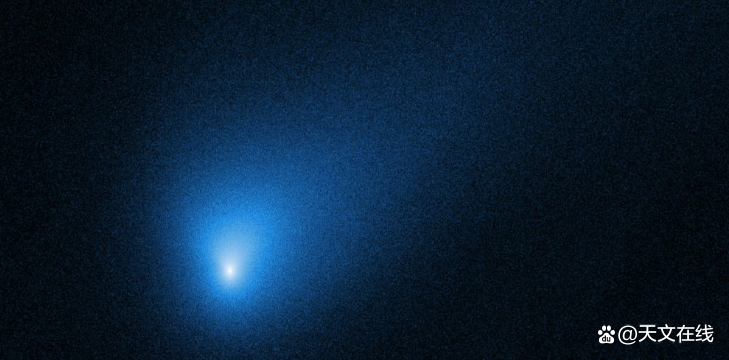
The Hubble Space Telescope of NASA captured this photo of Star Comet 2i/BORISOV on October 12, 2019

The detection of interstellar objects in the solar system has raised an interesting question: How many in the solar system are composed of foreign substances? New studies have found that the answer is ... it is not important at all.
Astronomers have discovered two interstellar visitors: "Oumuamua" that is difficult to classify in 2017, and "Borisov" comets that have just formed soon. The two celestial bodies have relatively short time in the solar system -only a few years, and they have sailed for tens of thousands of years in the desolate interstellar space between stars.
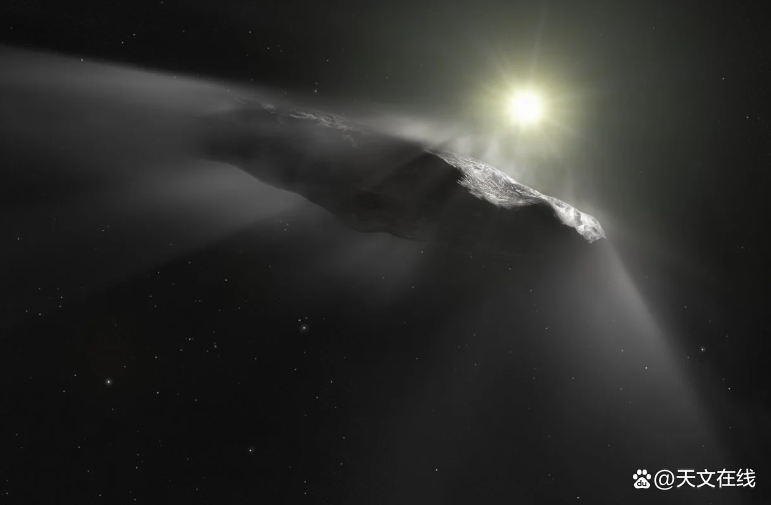
Their arrival triggered a guess of the number of interstellar objects crossing the galaxy. If the fragments that are not needed are common side effects in the formation of the solar system, then this number may easily reach millions of billions (if there is no more). This idea -there may be countless tiny objects around the galaxy -caused another problem: how many of the solar system was formed here and how many were captured by space garbage?

So far, no objects outside the solar system have been operated on the rails around the sun. The best thing we can find is the micro star, that is, the small dust particles floating on the earth. But the lack of this detection does not necessarily mean that no alien rock is hidden in the shadow. We have almost no maps with asteroids with all large rocks, let alone a farther, more difficult to observe alien Kidber.
But it is a painful and slow process to study rocks one after another to find foreign asteroids or comets, especially if we don't know how common these rocks are at the beginning.

Should I stay or go?
Published on the pre -printed server ARXIV and was published by the Planetary Science Journal, a new study attempt to estimate the number of interstellar objects entering the solar system and monitors the time for these objects to stay here.
Researchers use a large number of simulation. They studied the trajectory of 276,691 objects entering the solar system in various directions and speeds, and tracked the evolution of each simulated object in the solar system 1 billion years ago.
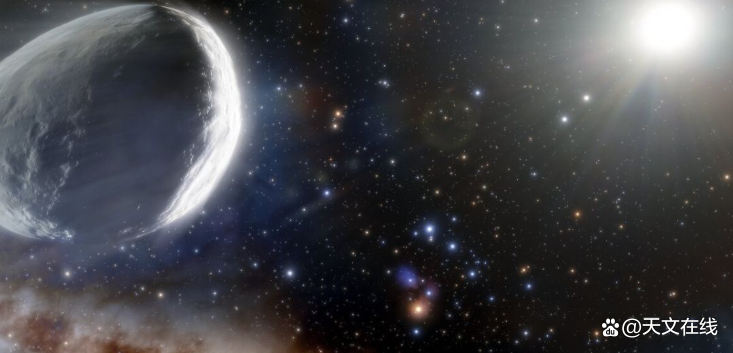
They found that most interstellar objects have no long life. If they eventually surround the sun and in Jupiter's orbit, they are likely to be in close contact with the huge planet. When this close -up contact occurs, they are either swallowed by gas superstars or thrown out of the solar system.
If this foreign object is eventually running on the orbit of a plane near other planets, it may also be thrown out by the gravity of all primitive members of the solar system.
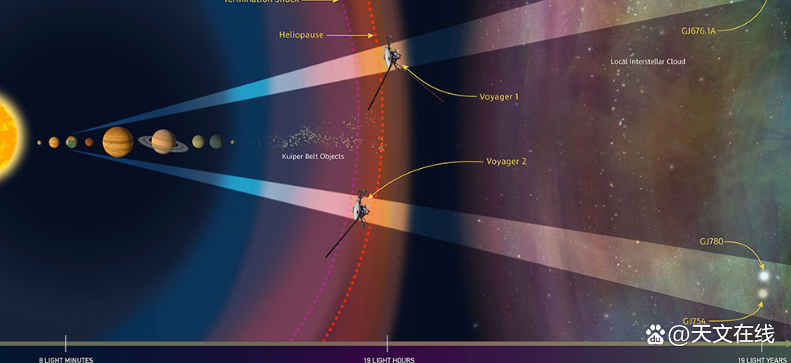
Although foreign objects often have millions of years, this is not because they exist permanently. When they are captured by the sun, their tracks are often very large and stretched. A object must run around multiple tracks, so it takes more than a million years to determine whether it will exist for a long time.
However, in the end, foreign objects are difficult to survive in the solar system. Of the more than 270,000 simulation objects, only 13 have existed for more than 500 million years, and only 3 have existed for 1 billion years.
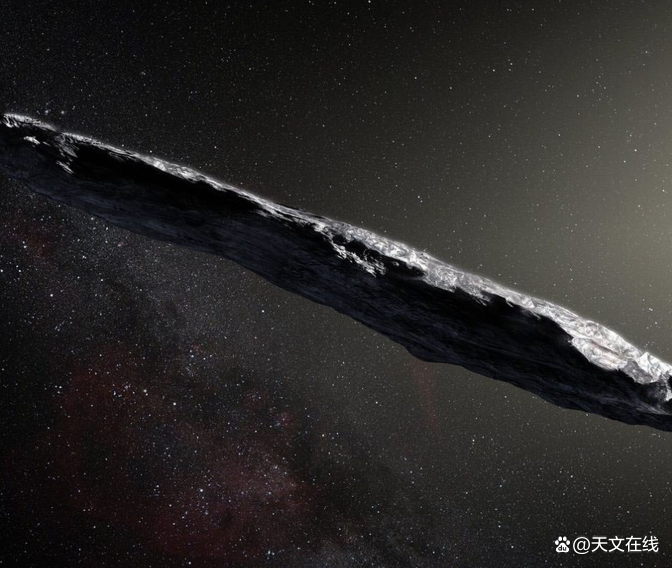
Wolf with goat's skin
Well, so foreign objects will not stay in the solar system for too long. This is part of the puzzle. The other is how many objects are estimated to enter the solar system. If this is an overwhelming large number, even if the solar system may be full of interstellar visitors even under the poor survival rate.
This estimation is a bit speculative because it depends on the model formed by the planet and a small amount of information collected from "OUMUAMUA and BORISOV".

When the sun is formed, it is inlaid in a larger star group. Because it is closer to other star (and the planetary system that is being formed), it is more likely to capture foreign material at the time. Researchers estimate that the number of celestial bodies captured by the sun in the birth stage is enough to achieve 1/1000 of the earth's quality, which is enough to create about 6 small asteroids with the same size as the dwarf star valley.
In hundreds of millions of years in the birth of the solar system, it also encounters some celestial bodies like "Oumuamua" and "BORISOV" every year.
In summary, we should not expect that there will be many foreign substances in the solar system -research author estimates that the quality of foreign substances captured during the formation of the solar system is only one billionth of the quality of the earth, and the quality since then is the quality of the earth. It is more than one thousandth of the quality of the earth. These materials are almost not enough to form a small planet of 6 miles wide (10 kilometers).
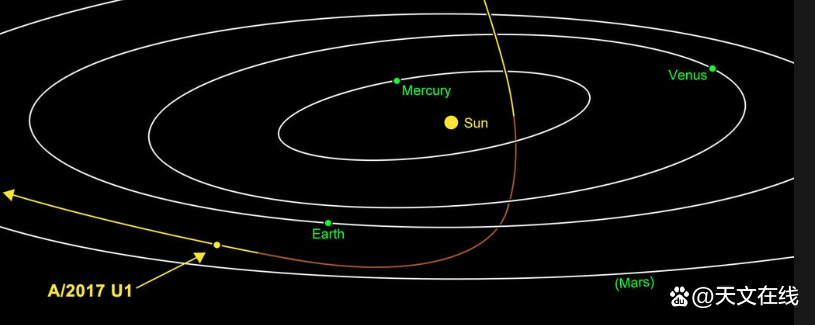
This result has two important meanings. First, we should not worry about to capture foreign materials because they are very rare. Second, the theory of Shengyuan's theory assumes that life may originate from other places and was later taken to the earth. This was untenable. It is very simple, because there is no enough material to cross the galaxy, enter the solar system, and then enter the stable track, and finally affect other planets, which makes this idea feasible.
By: Paul Sutter
Fy: pillow water
If there is related content infringement, please contact the author to delete after the work is released
Reprinted, please obtain authorization, and pay attention to maintaining integrity and indicating the source
- END -
Datang Sanmenxia Power Generation Co., Ltd.

On July 9, the 5th machine group of the Sanmenxia Power Generation Company of Data...
Nanjing Jiangbei Public Group: "Green" as a pen, depicting "Green Green and Increase" Jiu Xiu Painting Volume
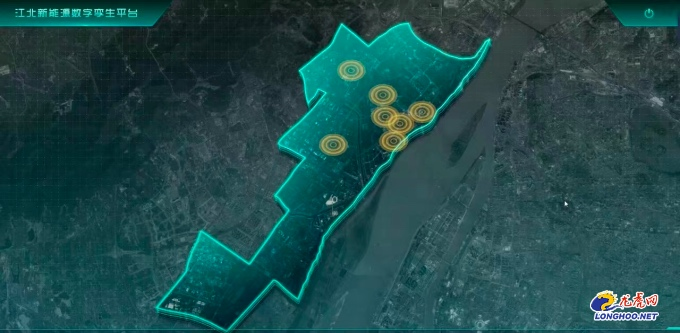
Longhu News (Reporter Liu Tian Zhang Ling correspondent Liu Yu) In the double carb...